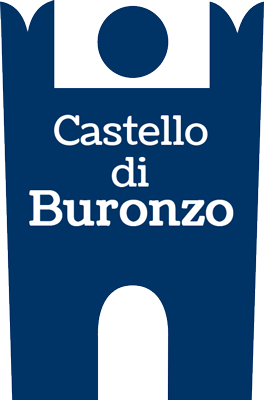The last five centuries
The sixteenth and seventeenth centuries were troubled times for the castle, with sieges, assaults and destruction, its inhabitants abandoning it and returning. Despite the turbulence of these years, in moments of peace, and later more steadily from the middle of the seventeenth century on, the shape and face of the castle changed significantly. Many of the remaining buildings are the result of the architectural remodelling that was carried out at this time by the various family branches. These buildings were rarely built from scratch. Much more frequently, the medieval structures were radically restored while the inhabitants continued to live within them. The facades of the fortified houses were expanded, with their herringbone pebbles and bricks,which were sometimes organised into galleries, and covered with plaster and stucco. Spacious arched arched turrets were raised above the roofs, and the internal spaces were redefined with decorated wooden ceilings, frescoed bands, large fireplaces and stone staircases. The outdoor areas were also involved in this process of adjusting to the latest tastes of the city’s aristocracy, with the addition of porticoes and spectacular gardens.
With the eighteenth century, the castle increasingly became an occasional or seasonal home for most of the families in the consortium, whose members seemed to prefer the palaces in Vercelli. Despite this, decorative and architectural works continued to be carried out into the early nineteenth century.

